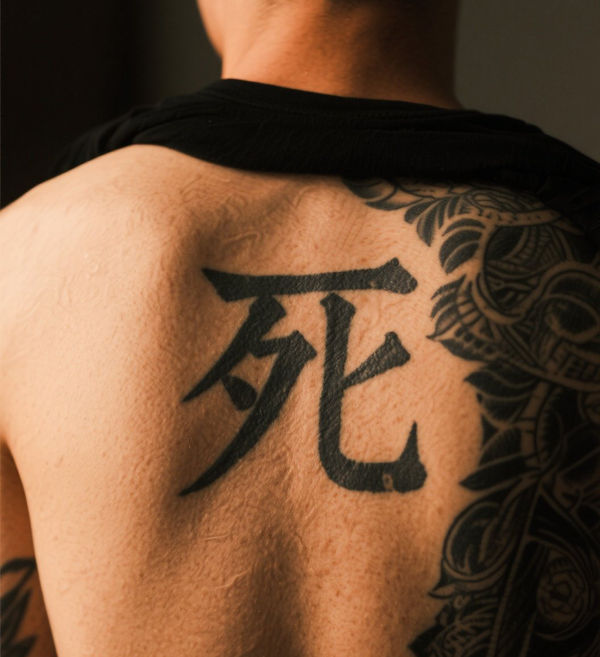
【死】stroke order 【亡】stroke order
The kanji for "death" in Japanese is 死 (shi) , a powerful and evocative character that carries deep philosophical and emotional weight. This single kanji represents the end of life, the finality of mortality, and the inevitable cycle of existence. It is often chosen as a tattoo design for its striking simplicity and profound symbolism, embodying themes of impermanence, resilience, and the appreciation of life.
Visually, the 死 kanji is bold and minimalist, with its angular strokes and compact form. It can be tattooed in a traditional style with thick, black lines, or in a modern, artistic interpretation with flowing curves or abstract elements. The placement of the tattoo—whether on the wrist, forearm, or back—can enhance its impact, creating a personal and meaningful connection to the wearer's journey or beliefs.
This design serves as a reminder of life's fragility and the importance of living fully. It can also symbolize overcoming hardships, embracing change, or honoring a significant loss. The 死 kanji tattoo is a timeless choice for those who seek to embody the duality of life and death, or to reflect on the transient nature of existence.